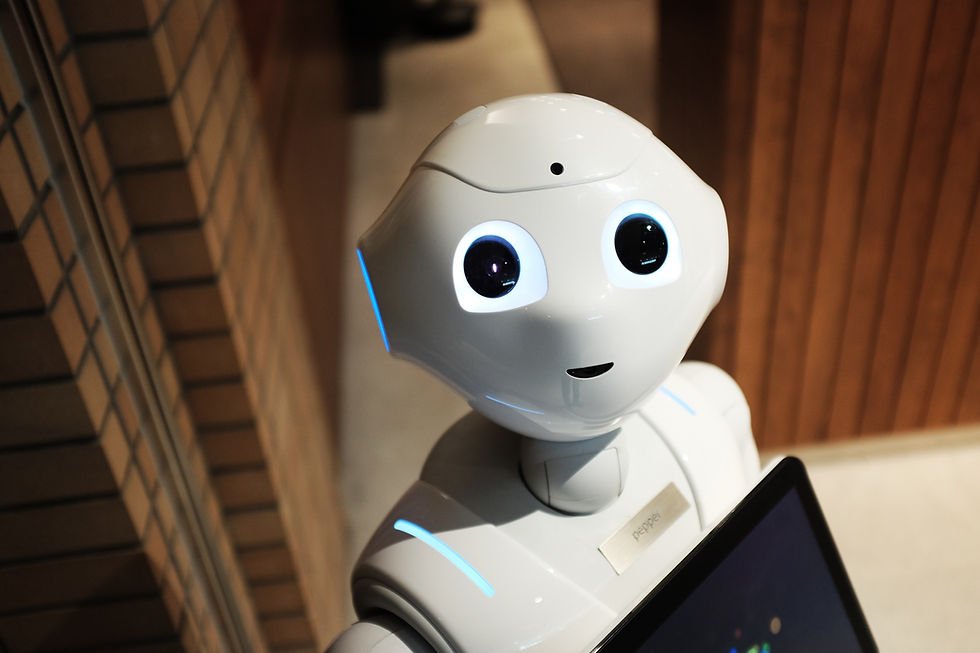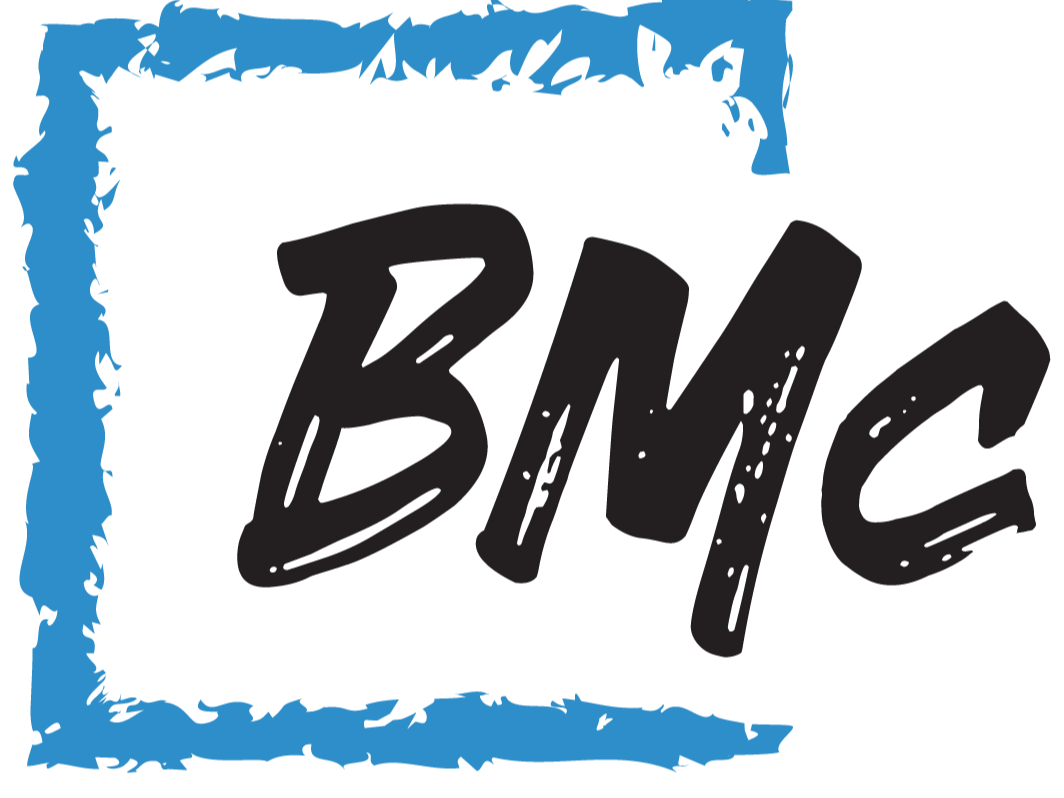Project Management Meets AI: How PRINCE2 Can Be Automated for the Modern Business
- Brett McCallum
- Aug 25
- 3 min read
1. Introduction: Why Project Management Needs AI
If you search “Brett McCallum,” you’ll find a bloke who’s spent years helping businesses move from old-school, manual processes to AI-driven, future-ready operations. Project management is no different. The world’s moving faster, clients expect more, and the old ways just don’t cut it anymore.
PRINCE2 is a solid framework, but let’s be honest—there’s a lot of admin, reporting, and repetitive work. That’s where AI comes in. The goal isn’t to replace project managers, but to free them up to do what humans do best: solve problems, lead teams, and make tough calls.
2. Quick Overview: What Is PRINCE2?
PRINCE2 (Projects IN Controlled Environments) is a process-based method for effective project management. It’s structured, scalable, and used worldwide. The methodology is broken into seven processes:
Starting Up a Project (SU)
Initiating a Project (IP)
Directing a Project (DP)
Controlling a Stage (CS)
Managing Product Delivery (MP)
Managing Stage Boundaries (SB)
Closing a Project (CP)
Each process has documentation, reporting, and decision points—prime territory for AI automation.
3. PRINCE2 Stages and Where AI Fits In
Let’s break down each stage and see what can be automated with AI.
Starting Up a Project (SU)
AI Can Automate:
Gathering and analysing historical project data to inform feasibility.
Drafting initial business cases using templates and past examples.
Risk identification using AI-driven risk analysis tools.
Stakeholder mapping using data from CRM and communication platforms.
Still Needs a Human:
Final decision on whether the project should proceed.
Relationship-building with key stakeholders.
Initiating a Project (IP)
AI Can Automate:
Creating project plans and schedules based on best practices.
Resource allocation using predictive analytics.
Budget forecasting and scenario modelling.
Automated document generation (PID, risk logs, communication plans).
Still Needs a Human:
Setting project vision and objectives.
Negotiating priorities and trade-offs.
Directing a Project (DP)
AI Can Automate:
Real-time dashboards for project status.
Automated alerts for issues, risks, or deviations from plan.
Generating reports for the Project Board.
Still Needs a Human:
Making go/no-go decisions.
Handling escalations that require judgement.
Controlling a Stage (CS)
AI Can Automate:
Tracking progress against milestones.
Predicting delays or bottlenecks using machine learning.
Automated reminders for tasks and approvals.
Issue and change log management.
Still Needs a Human:
Motivating the team.
Managing conflict.
Managing Product Delivery (MP)
AI Can Automate:
Quality checks using AI-powered testing tools.
Automated handover documentation.
Tracking deliverables and dependencies.
Still Needs a Human:
Final sign-off on deliverables.
Client relationship management.
Managing Stage Boundaries (SB)
AI Can Automate:
Compiling lessons learned from project data.
Preparing stage-end reports.
Forecasting resource needs for the next stage.
Still Needs a Human:
Deciding on changes to scope or approach.
Closing a Project (CP)
AI Can Automate:
Generating closure reports.
Archiving project documentation.
Analysing project performance for future improvement.
Still Needs a Human:
Celebrating wins and recognising the team.
Conducting final client debriefs.
4. What Can Be Automated (and What Can’t)
Automatable with AI:
Data collection and analysis
Document generation and reporting
Risk and issue identification (pattern recognition)
Scheduling and resource allocation
Progress tracking and reminders
Quality assurance (for digital products)
Lessons learned aggregation
Not (Yet) Automatable:
Vision, leadership, and culture
Complex negotiations and conflict resolution
Creative problem-solving
Relationship-building and trust
5. Real-World Examples: AI in Action
AI-powered project management platforms (like Monday.com, Asana, Jira with AI plugins) can auto-assign tasks, predict delays, and generate reports.
Natural language processing can summarise meeting notes and extract action items.
AI chatbots can answer team questions about project status or documentation 24/7.
Predictive analytics can flag projects at risk of overrunning budget or schedule—before it happens.
6. The Human Factor: Where You Still Need Guts and Grit
AI is a tool, not a replacement for leadership. The best project managers use AI to handle the grunt work, so they can focus on what matters: leading people, making decisions, and steering the ship through rough seas.
7. Getting Started: Steps to Automate Your PRINCE2 Projects
Audit your current processes: Where are the bottlenecks? What’s repetitive?
Choose the right tools: Look for project management platforms with AI features.
Start small: Automate reporting, scheduling, or risk analysis first.
Train your team: Make sure everyone knows how to use the new tools.
Iterate: Review what’s working, tweak what isn’t, and keep improving.
8. Conclusion: The Future of Project Management Is Hybrid
The future isn’t AI or humans—it’s both. Use AI to automate the admin, so you can focus on strategy, leadership, and delivering real value.
I’m Brett McCallum. I’ve helped businesses make the leap from manual to AI-powered project management. If you want to future-proof your projects—and your career—start automating today.




Comments